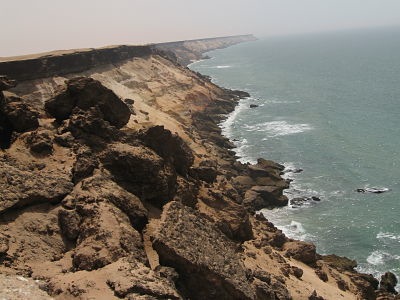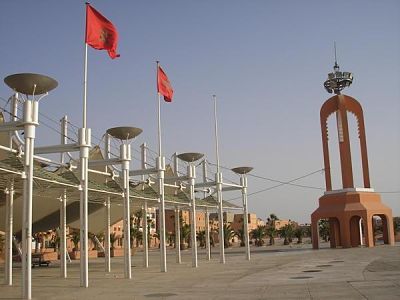The Top 5: Local Advice
1. Western Sahara is located on the northwestern coast of
Africa, between Mauritania and Morocco. It is separated into two sides:
Moroccan authorities control the west, and the Polisario Front, also
known as the Sahrawi Arab Democratic Republic, controls the east.
2. Arabic is the official language of both Morocco and the Sahrawi Arab
Republic. The Sahrawi people speak a dialect of Arabic known as
Hassānīya.
3. The population of Western Sahara is 260,000. Most of the population
is Sahrawi, of mixed Arab and Berber descent. Some Moroccans also
settled in the territory in the 1970s.
4. Western Sahara is a predominantly Muslim territory, but because of
the nomadic roots of the Sahrawi people, many observe their religion in
a more informal manner, visiting mosques less frequently, drinking
alcohol, and the like. That said, be as respectful as possible,
especially when visiting sacred sites.
5. The currency most widely used in Western Sahara is the Moroccan
dirham (MAD), though in some areas the Algerian dinar (DZD) and
Mauritanian ouguiya (MRO) are used. We suggest having enough cash of all
currencies with you before you cross into Western Sahara.



